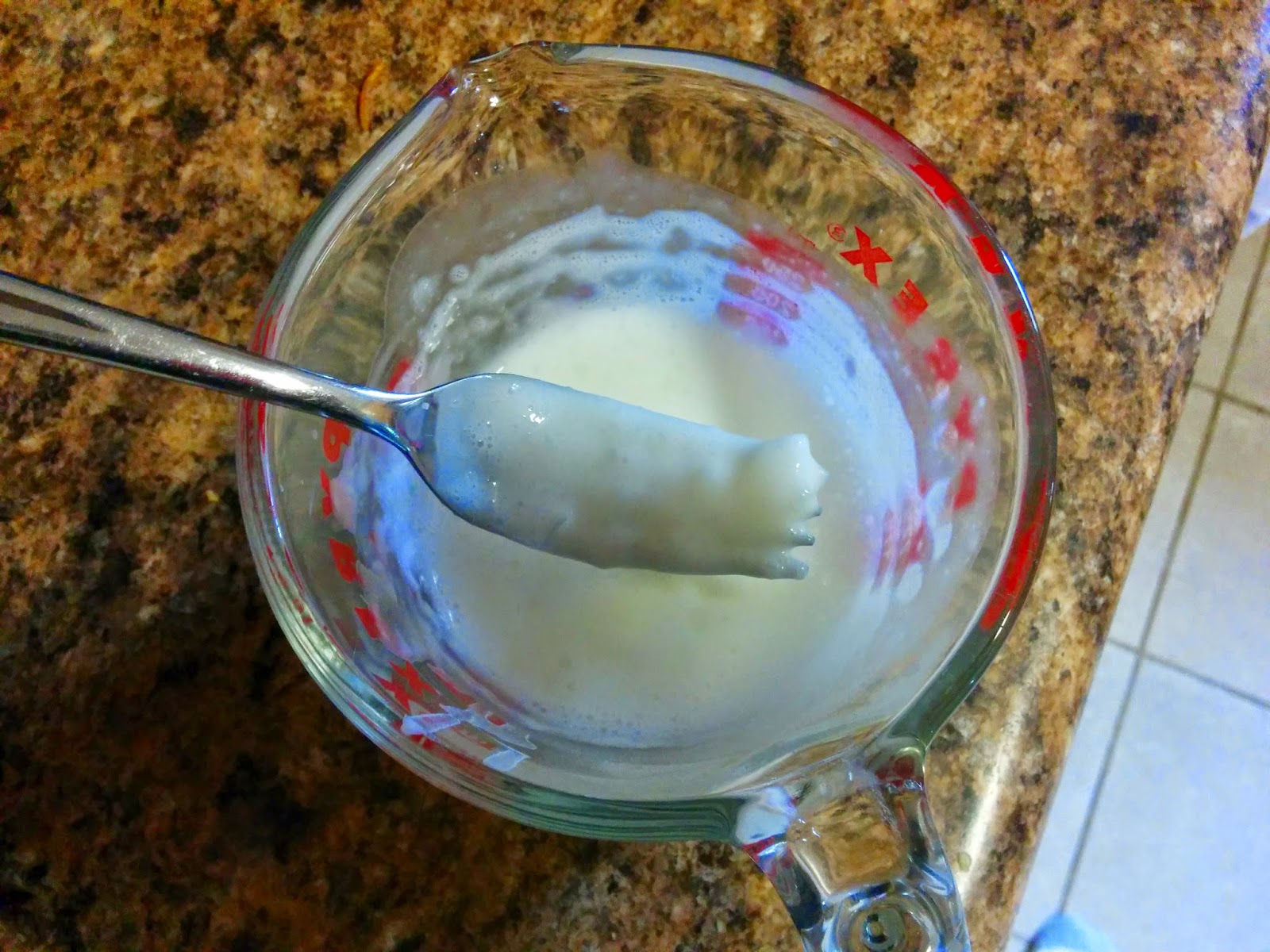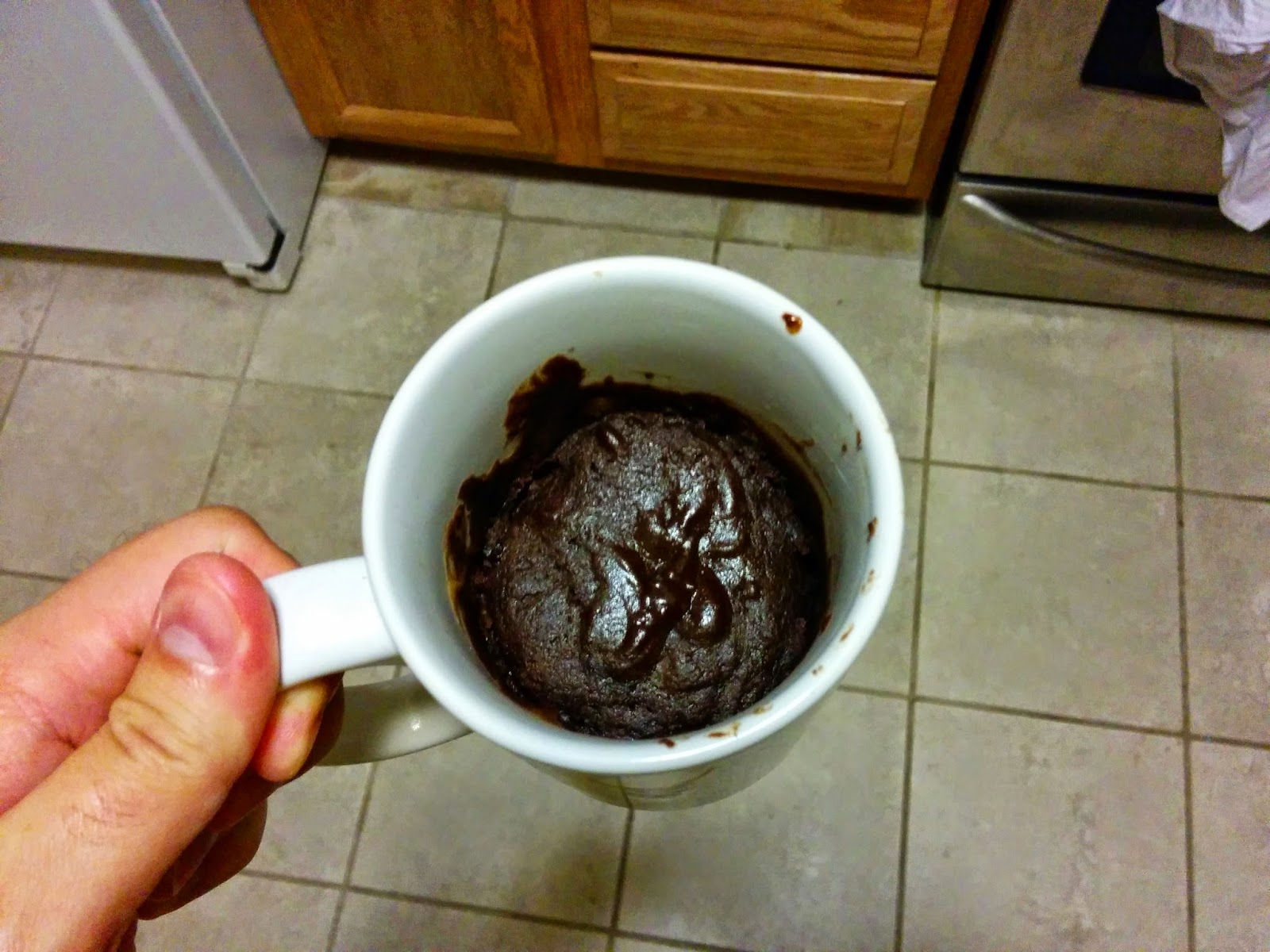As I post DIY recipes and solutions on this blog, you'll notice a few recurring products which, while not uncommon, are not necessarily a staple in everybody's households. This post will highlight some of the more important ones, and make an argument for why you should consider having them around, even if you never use them for any of this DIY stuff.
Borax
Everyone should own Borax. A giant box of it is cheap, and a little of it goes a long way. Most commonly, it is used as a laundry additive, but it has dozens if not hundreds of uses beyond that. The entire back of the box and one of the sides is covered in uses for the product. It can remove water spots left by your dishwasher, clean your carpet,
kill bugs, preserve flowers, kill odors, make crystal ornaments, unclog drains, kill weeds, and make
farting slime. It doesn't cause cancer, is safe to touch, and doesn't harm the environment. It's sold in the same isle as laundry detergent in most grocery stores.
 |
| If this costs you more than $4.99, go punch the store manager in the face. |
Washing Soda
This is another product most commonly used as a laundry additive. It acts as a water softener and degreaser, thus making it a common ingredient in many DIY cleaning solutions. It is most commonly sold by Arm & Hammer, and like Borax is found in the laundry isle in most large superstores (Wal-Mart carries it for sure). It is usually $3-$4 for a large box, but you can always
make your own out of baking soda, if you prefer.
Essential Oils
The world of essential oils can get really overwhelming really quickly, so I'm going to keep the focus narrowed down to just the oils that serve this blog's purposes. Essential oil enthusiasts will claim that various oils can accomplish anything from providing relaxation to teaching your children to drive a stick shift, with varying degrees of accuracy. But to keep things practical, let's focus on just a few: citrus oils (lemon, orange and grapefruit), lavender, and tea tree (also called melaleuca). The common quality of all of these is their disinfecting and antibacterial properties. Added to various cleaners, they give some antiseptic power to the mix in addition to their strong scents. And since only a few drops are used at a time, a small bottle lasts quite a while. The price of oils varies a lot, and there's no single outlet that is best. Shop around online (Amazon has everything, but the price points are all over the map) and in local health and craft stores to get the best deal. There's no need to get all of the oils I mentioned, either. Start with the scent that you find most pleasing, and expand your inventory as needed. I personally think lemon and lavender make the best jumping off point, as their scents and abilities cover a wide range of uses (I use lemon for kitchen solutions and lavender for laundry solutions). Tea Tree oil is the best disinfectant, but it is also the strongest smelling of the bunch.
Soaps
I am aware that you probably own soap already. If not...that's disgusting and you should feel ashamed. But the soaps I want to mention here are probably not the ones you have: laundry bars and castile soaps. Laundry soap bars are...well, exactly what their name says they are. You can rub them on tough stains as a pretreatment, use them to hand-wash delicate laundry, or grate them and use as a powdered laundry detergent. They are super cheap and easy to get. I checked the stock at my local grocery store chain that has the highest regular prices, and the bars of laundry soap they had in stock were $0.99 and $1.65. And that was at the store that marks up the prices.
 |
| The picture doesn't do it justice, but the Zote bar is huge. |
The other kind of soap I want to call attention to is castile soap. Castile soap, like Borax, has almost innumerable uses. It is a very gentle cleanser, suitable for cleaning just about everything. You can actually brush your teeth with it, if you feel like it, as it's more effective and gentler on your teeth than normal toothpaste. By far the most popularly recognized brand of castile soap is Dr. Bronner's, aka "that expensive soap with the absolutely insane religious text all over it." And yes, Dr. Bronner's is pretty fantastic stuff, available in a variety of sizes, scents, and forms (liquid and solid). But you can also get a plain old bar of Kirk's castile soap for under $2 (Walgreen's has a 3-pack for $4) at most stores. Get whatever is your preference, but definitely pick some of this stuff up. It's the most versatile soap you'll ever use.
 |
| This outside of this bottle contains the most surreal novella you'll ever read. |
Vinegar
I'm sure you know what vinegar is, and you may even have some in your kitchen. But my point here is this: you should be buying this stuff by the gallon. It makes a great glass cleaner, dissolves mineral deposits in your coffee machine, gives your dishwasher a spot-free rinse, gets that nasty smell out of old bath towels (without making them smell like vinegar), and can kill weeds. Per gallon it's cheaper than milk, is sold by the gallon in every grocery store, and has dozens of uses around the house. So go buy a shitload of it.





















